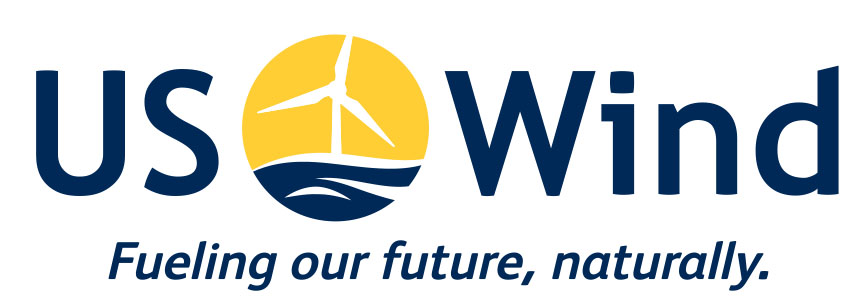Wind Power: Long-Term Economic and Environmental Benefits to the Local Community
The State of Maryland is set out to become the country’s pioneer—the ‘Silicon Valley’—in offshore wind industry, aimed to revitalize diverse economic opportunities within the community, harness its power for renewable energy, and bring long-term price stability and electrical reliability to each and every household in Maryland.
U.S. Wind is investing between $3.6 to 3.8 billion in its historic 722 MW (megawatt) offshore wind project of approximately 80,000 acres of land leased by the Federal Government, and has diligently worked closely with the Baltimore County business and social community, including outreach.
A most recent poll conducted by OpinionWorks in December 2017 has showed strong support for renewable energy in Baltimore County and Eastern Shore – two battleground state Senate districts. In Eastern Baltimore County, 74 percent of the voters said they favored expanding the state’s Renewable Portfolio Standard (RPS) to 50 percent, with 46 percent of those said they strongly favored the increase. “These strong numbers indicate that voters have an appetite, almost an impatience, for renewable energy in Maryland, including in these swing legislative districts,” said Steve Raabe, OpinionWorks’ president.
U.S. Wind is also deeply committed to fulfill the requirements of the Maryland Offshore Wind Act of 2013 to engage minority investor participation and minority business enterprise participation in both services and products.
Overall, the project will create an estimate of 2,359 direct jobs in Maryland in its construction phase in 2018, or equivalent to $192.9 million in income mainly in industrial facilities in Baltimore County alone and will continue to generate more jobs throughout the estimated completion by 2022, with an estimate of a total of 4,910 jobs, or equivalent to an excess of $337 million in income.
This long-term economic development will grow further since Maryland’s central location in the Mid-Atlantic will enable it to supply the entire east coast as the offshore wind industry flourishes.
The global problem of climate change is also one of the pressing problems that this project seeks to address. Offshore wind will present Maryland with remarkable opportunities to build a modern, clean energy economy by drastically reducing CO2 emissions by almost 56 million tons from coal or natural gas, improving regional air quality, and meeting its RPS more easily, which requires all electricity providers in the state to source renewable energy for a portion of their electricity sales.
This is a crucial and momentous beginning for Maryland: its community, its families, and the environment. The exceptional benefits of the offshore wind project prove to be long-term and ultimately, permanent. It will also be a victory not only to its businesses, its workforce, but for its future generations that this innovative industry will afford them.
